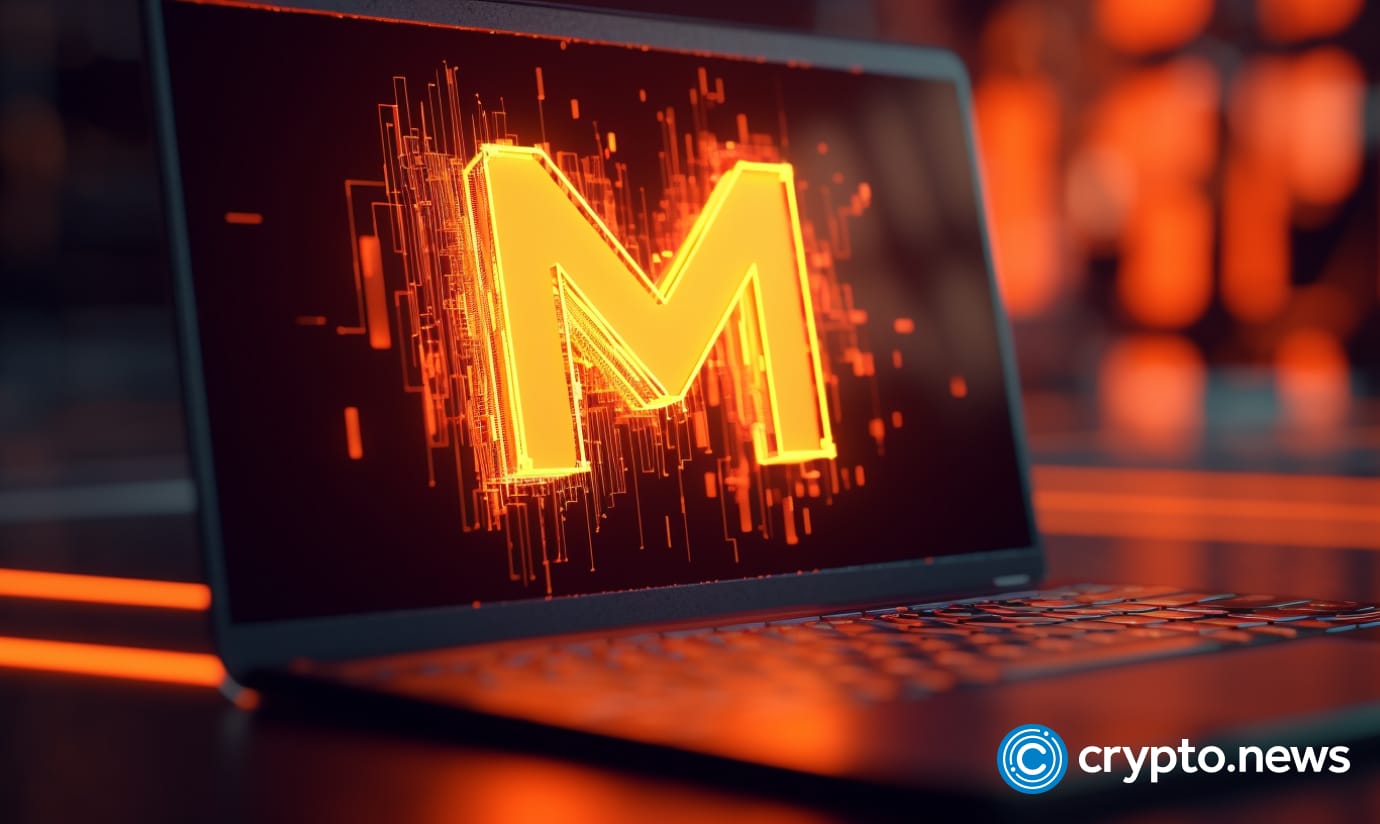

In Brief
Explore the intricate challenge known as the blockchain trilemma, which revolves around achieving decentralization, security, and scalability simultaneously. Unravel the complexities of this dilemma and discover innovative solutions such as Algorand’s Pure Proof of Stake consensus, sharding, and off-chain scaling methods like state channels and the Lightning Network. Dive into the evolving landscape of blockchain technology as projects aim to strike a delicate balance between these fundamental components, paving the way for a more efficient and secure decentralized future.
Well, let’s talk about what is the blockchain trilemma? A key point that has long hampered the advancement and usage of blockchain is known as the “blockchain trilemma.” The issue of gaining decentralization, as well as security and such thing as scalability is understood to be the trilemma, but can the problem be solved in the end?

The blockchain trilemma can be explained in three divisions, its first component is decentralization, which is the division of power and authority among a network of nodes such that no one actor has excessive influence or power. The second one, security, deals with preserving the integrity and immutability of the data while protecting the network from shady activities and illegal access. The third option, scalability, describes the blockchain network’s ability to develop in response to a growing volume of users and transactions without sacrificing effectiveness or performance; all of these components should exist at the same time.
Now getting to the blockchain trilemma meaning and the heart of the problem, we can see that progress in one area is often achieved at the expense of another and vice versa. For example, increasing decentralized processes can lead to slower transaction processing times, while prioritizing scalability can compromise security. So it is the inability to achieve consensus which poses a major challenge for the developers and researchers.
While exploring blockchain trilemma, we can notice the emergence of projects like Algorand, a layer 1 blockchain platform which aims to solve these problems creatively, the idea gained attention. The Turing Award-winning cryptographer Silvio Micali invented the platform, which is credited with developing the groundbreaking Pure Proof of Stake (PPoS) consensus method. This method does not require energy-intensive mining procedures in order to provide security through the use of crypto techniques. Algorand has proven that it is possible to balance the conflicting demands of the trilemma by implementing PPoS and other developments in protocol design technologies. Moreover, other tactics have been offered, such as segmentation, which splits the network into smaller, easier-to-manage groups known as shards. To increase scalability, the method can enable the processing of transactions in parallel across several segments.
However, there are alternative approaches to deal with this off-chain scaling issue. For example, Ethereum’s state channels and Bitcoin’s Lightning Network enable specific transactions to be carried out while lessening the burden on the underlying and retaining security assurances. Networks’ storage and bandwidth needs may be decreased by optimizing data architecture and compression methods, increasing scalability without sacrificing security or decentralization. The goal of initiatives like RChain is to build effective data structures that facilitate rapid transaction processing. There are another several ways as well, decentralized governance methods which are open and transparent enable network users to decide on protocol updates and improvements collectively.
While initiatives like Algorand have shown that it is possible to solve this issue by introducing unique consensus algorithms and improving protocols, other viable strategies include scalability, off-chain solutions, and interoperability protocols. New initiatives may establish a balance between three components we talked about before by utilizing a combination of these tactics and technologies, opening the door for a more safe and productive decentralized future.
Disclaimer
In line with the Trust Project guidelines, please note that the information provided on this page is not intended to be and should not be interpreted as legal, tax, investment, financial, or any other form of advice. It is important to only invest what you can afford to lose and to seek independent financial advice if you have any doubts. For further information, we suggest referring to the terms and conditions as well as the help and support pages provided by the issuer or advertiser. MetaversePost is committed to accurate, unbiased reporting, but market conditions are subject to change without notice.
About The Author
Viktoriia is a writer on a variety of technology topics including Web3.0, AI and cryptocurrencies. Her extensive experience allows her to write insightful articles for the wider audience.

Viktoriia is a writer on a variety of technology topics including Web3.0, AI and cryptocurrencies. Her extensive experience allows her to write insightful articles for the wider audience.
Read More: mpost.io










 Bitcoin
Bitcoin  Ethereum
Ethereum  Tether
Tether  XRP
XRP  Solana
Solana  USDC
USDC  Dogecoin
Dogecoin  TRON
TRON  Cardano
Cardano  Lido Staked Ether
Lido Staked Ether  Wrapped Bitcoin
Wrapped Bitcoin  Hyperliquid
Hyperliquid  Sui
Sui  Wrapped stETH
Wrapped stETH  Chainlink
Chainlink  Avalanche
Avalanche  Stellar
Stellar  Bitcoin Cash
Bitcoin Cash  Toncoin
Toncoin  LEO Token
LEO Token  Shiba Inu
Shiba Inu  Hedera
Hedera  USDS
USDS  WETH
WETH  Litecoin
Litecoin  Wrapped eETH
Wrapped eETH  Monero
Monero  Polkadot
Polkadot  Binance Bridged USDT (BNB Smart Chain)
Binance Bridged USDT (BNB Smart Chain)  Ethena USDe
Ethena USDe  Bitget Token
Bitget Token  Pepe
Pepe  Pi Network
Pi Network  Coinbase Wrapped BTC
Coinbase Wrapped BTC  WhiteBIT Coin
WhiteBIT Coin  Aave
Aave  Uniswap
Uniswap  Dai
Dai  Bittensor
Bittensor  Ethena Staked USDe
Ethena Staked USDe  Aptos
Aptos  Cronos
Cronos  NEAR Protocol
NEAR Protocol  OKB
OKB  Jito Staked SOL
Jito Staked SOL  BlackRock USD Institutional Digital Liquidity Fund
BlackRock USD Institutional Digital Liquidity Fund  Internet Computer
Internet Computer  Ondo
Ondo  Ethereum Classic
Ethereum Classic